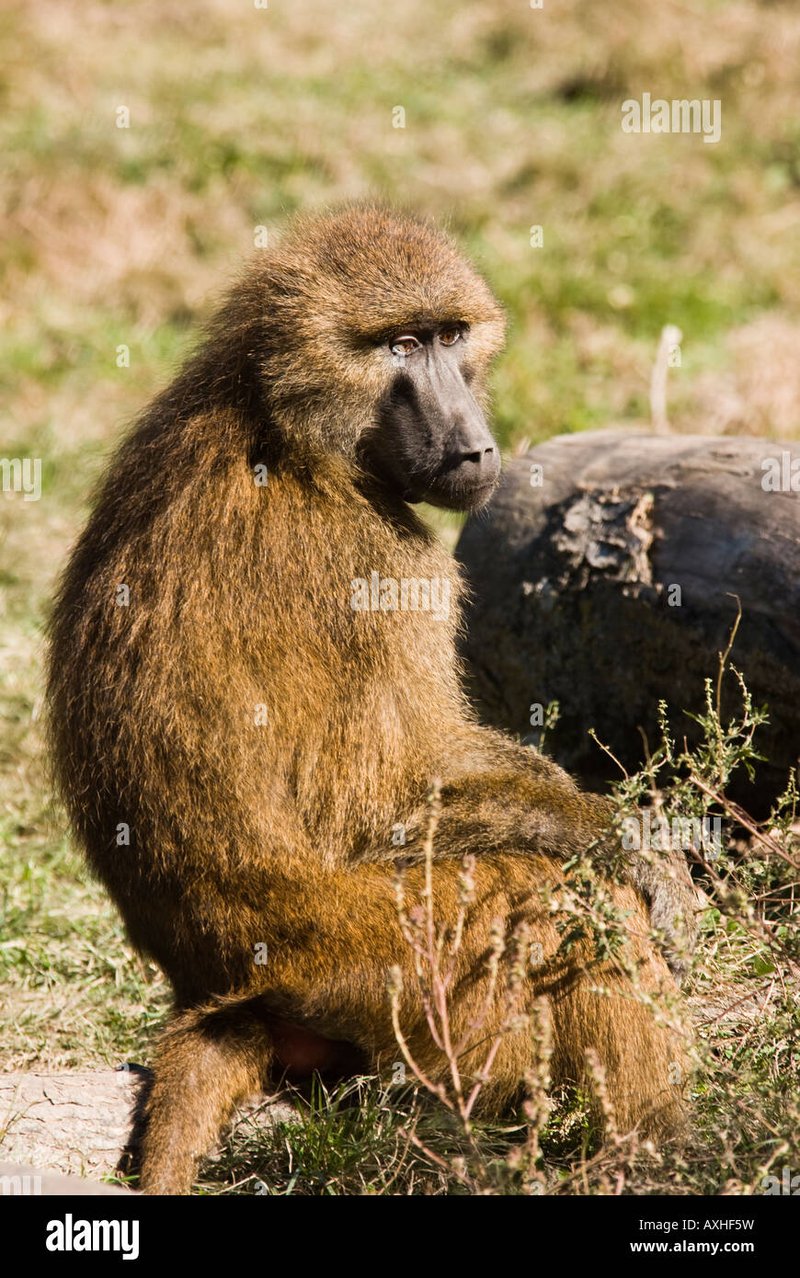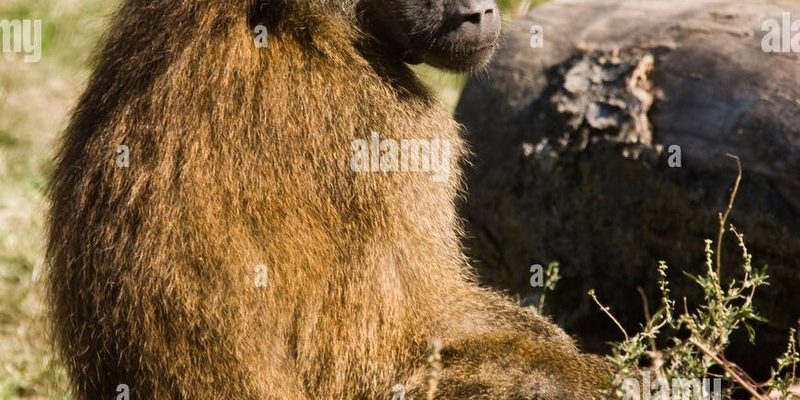
So, what’s going on in that furry head of theirs? In this article, we’ll delve into the cognitive abilities and behaviors of guinea baboons. We’ll explore their problem-solving skills, social structures, and even how they learn from one another. Ready to dive in? Let’s get started!
Understanding Guinea Baboons
Guinea baboons (Pagona anubis) are part of the larger baboon family, known for their distinctive beauty and intelligent behavior. They are medium-sized primates found mainly in West Africa and have a unique look with a short coat and a long tail. These guys are social animals, often seen hanging out in troops that can range from a few individuals to over a hundred.
Social dynamics are a big part of what makes guinea baboons interesting. Imagine a bustling neighborhood where everyone knows each other. That’s how baboon troops function. They have complex social hierarchies, which means they have roles and relationships that can change over time. This social structure plays a crucial role in their overall intelligence and problem-solving abilities.
You might wonder, what does all this mean for their smarts? Well, guinea baboons rely on each other for support, sharing knowledge and skills within their social groups. This community aspect is a starting point for their cognitive development.
Cognitive Skills: Problem Solving
When it comes to problem-solving, guinea baboons score high on the intelligence scale. They are not just picking up fruits and foraging. These primates can figure out complex tasks, like accessing food that’s hidden or using tools found in their environment. Picture a baboon trying to reach a tasty snack stuck in a hard-to-reach spot. Instead of giving up, it might use a stick to retrieve it, showcasing its ability to use problem-solving skills in real situations.
Research has shown that guinea baboons can plan for the future, which is a sign of advanced thinking. For instance, they might save a tool for later use, indicating they understand that it will come in handy down the road. This ability to think ahead is something we usually only attribute to humans and a few other species.
Additionally, they can learn from their mistakes. If a baboon tries a particular method to get food and it doesn’t work, it will often change its approach in the future. This flexibility is a key part of being intelligent.
Communication Among Guinea Baboons
Communication is vital in any social species, and guinea baboons have a rich way of expressing themselves. They use a variety of sounds, body language, and facial expressions to convey messages to one another. It’s like they have their own language, finely tuned to their social needs.
For instance, a baboon might bark to alert others of danger, or they might grunt and chatter while grooming each other, reinforcing social bonds. This grooming isn’t just about cleanliness; it’s a social activity that strengthens friendships and ensures harmony within the troop.
You might be surprised to learn that they also communicate emotions. When a baboon is stressed or scared, its posture and vocalizations will change, signaling others to provide support. This emotional intelligence reflects their awareness of both their feelings and those of their companions, showing yet another layer of their cognitive ability.
Learning and Cultural Transmission
Guinea baboons are remarkable when it comes to learning from each other. They engage in cultural behaviors that get passed down through generations. Imagine a grandparent teaching their grandchild a family recipe. In baboon troops, young ones watch their parents and peers to pick up skills, from foraging techniques to social cues.
This learning happens through observation and imitation, which is a sign of higher intelligence. For example, a young baboon may see its mother using a rock to crack open nuts. After several observations, the youngster might try it on its own, showcasing both learning and innovation.
Cultural transmission also means that certain groups might develop unique behaviors. Some troops might use tools differently than others based on what they’ve observed in their community. This variety in behavior reflects a deeper level of intelligence, as it indicates adaptability to different environments and challenges.
Social Behavior and Hierarchies
The social structure of guinea baboons is another fascinating aspect of their intelligence. Troops are typically organized in a hierarchy, with dominant individuals often having priority access to food and mates. This hierarchy isn’t just about power; it involves complex relationships among members, including alliances and rivalries.
Within a troop, relationships can shift. Younger baboons often test boundaries, challenging older members to rise in the ranks. It’s like a constantly evolving soap opera, where social dynamics can change daily. Understanding these interactions is crucial, as they involve strategic thinking and emotional intelligence.
Social bonds are reinforced through grooming, vocalizations, and cooperative behaviors. For instance, baboons will often work together to defend their troop from predators. This cooperative behavior not only strengthens their bonds but also showcases their ability to communicate and plan as a group, highlighting their smartness.
Challenges and Adaptability
Life isn’t always easy for guinea baboons. They face various challenges, from finding food to avoiding predators. What’s amazing is how adaptable they are to changing environments. When faced with new threats or a scarcity of resources, these baboons show remarkable resilience.
For example, in areas where their habitat is being encroached upon, guinea baboons will modify their behaviors. They might change their feeding times to avoid human contact or explore different types of food, showcasing their ability to adapt to new circumstances.
This adaptability is key to their survival and reflects their intelligence. It’s like when you adjust your routine to better fit a new job or lifestyle change. Guinea baboons have that same initiative to thrive in shifting environments.
Guinea baboons are much more than just cute creatures; they are a testament to the intelligence found in the animal kingdom. From their problem-solving skills to their rich social lives, these primates exhibit behavior that mirrors human characteristics in many ways.
Understanding their cognitive abilities helps us appreciate the complexity of their lives and how they navigate their world. So, next time you see a baboon, take a moment to consider the brains behind that fuzzy face. They may be more similar to us than we think, and there’s a lot we can learn from their smart, social ways.

